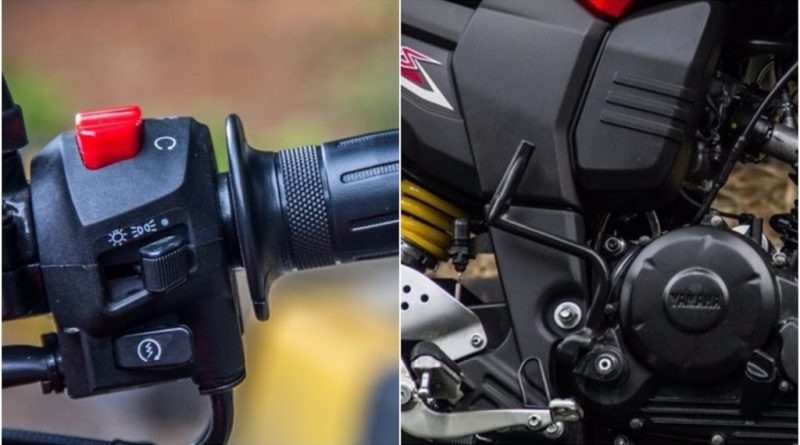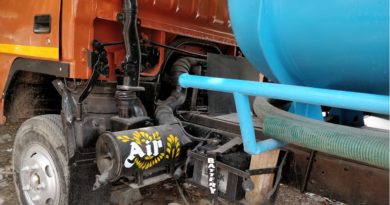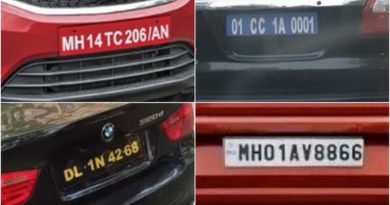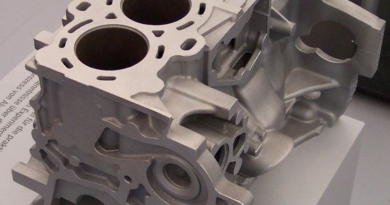How electric start replicate kick start mechanism of bike?
Kick starting has always been a challenge for new bikers, it requires correct technique to get it right in one attempt and this comes with practice. I still remember my very first attempt to kick start my friend’s RE Classic and in return bull gave me a heavy back kick – that does hurt badly. Thankfully, my first bike had electric start and never had to put physical effort on kick start. But did you ever had a question in your mind – how simple push of a button easily does this job of kick which require so much effort?
Lets uncover the answer for it –
With kick start, we actually rotate the crank shaft which will cause piston movement and help in starting the 4-stroke process to initiate combustion. Instead of utilizing man power to rotate crank shaft via. kick, electric motor was brought-in to get this job done. This motor is known as Starter Motor.
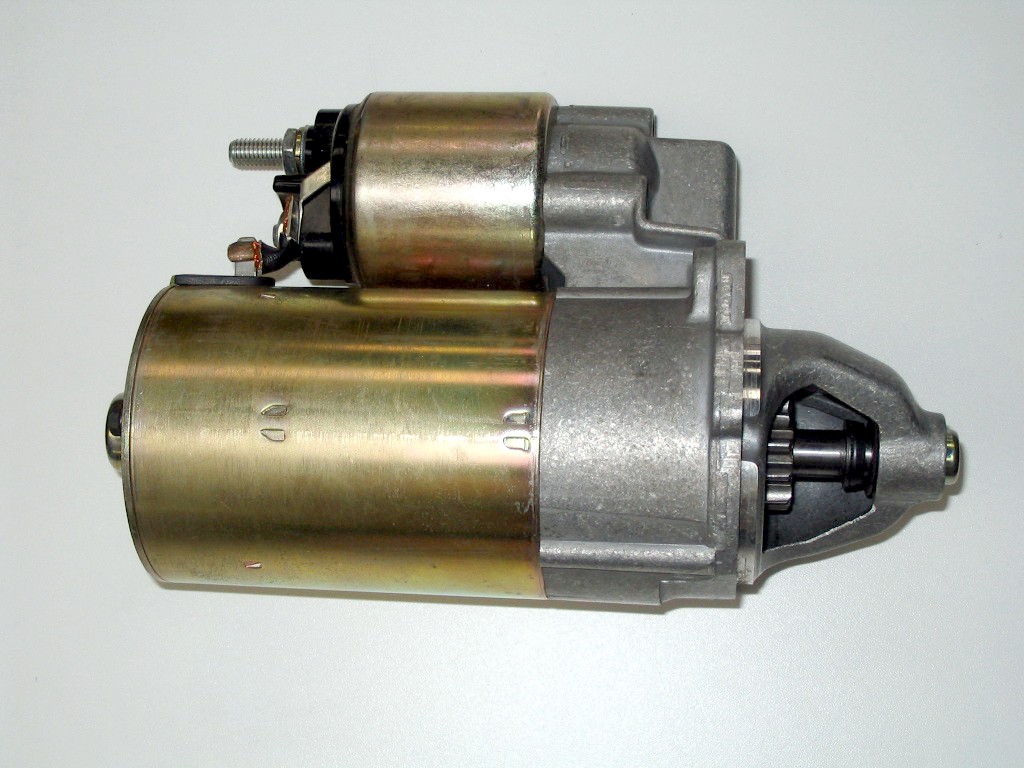 |
| Starter motor (Image Source: Wikipedia) |
Working of Starter Motor:
When we hit the electric start switch, current flows from battery to starter motor energizing the electromagnet inside it. This results in outward movement of a shaft attached with a gear and gets engaged with flywheel of engine. Gear of starter motor rotates the flywheel resulting piston movement and combustion process gets initiated. As soon as we release the electric start switch, current flow to starter motor stops and return spring of motor restores the position of shaft hence, disengaging the starter motor from flywheel.
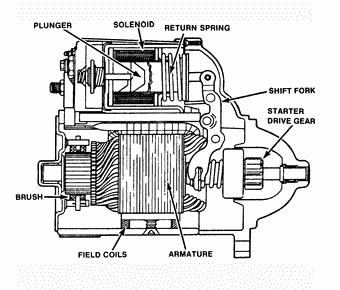 |
| Diagram of Electric Starter Motor (Image Source: Wikipedia) |
In case rider doesn’t release the electric start switch immediately after start of engine then, engine speed via. flywheel can cause gear of starter motor to rotate at much higher speed than its limit and will eventually fall apart causing permanent damage to starter motor.
This is the reason it is suggested not to operate electric switch while engine is running or else we will hear a grinding sound from engine which means starter motor gear starts rotating at much higher speed causing damage to motor.

